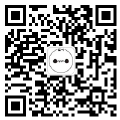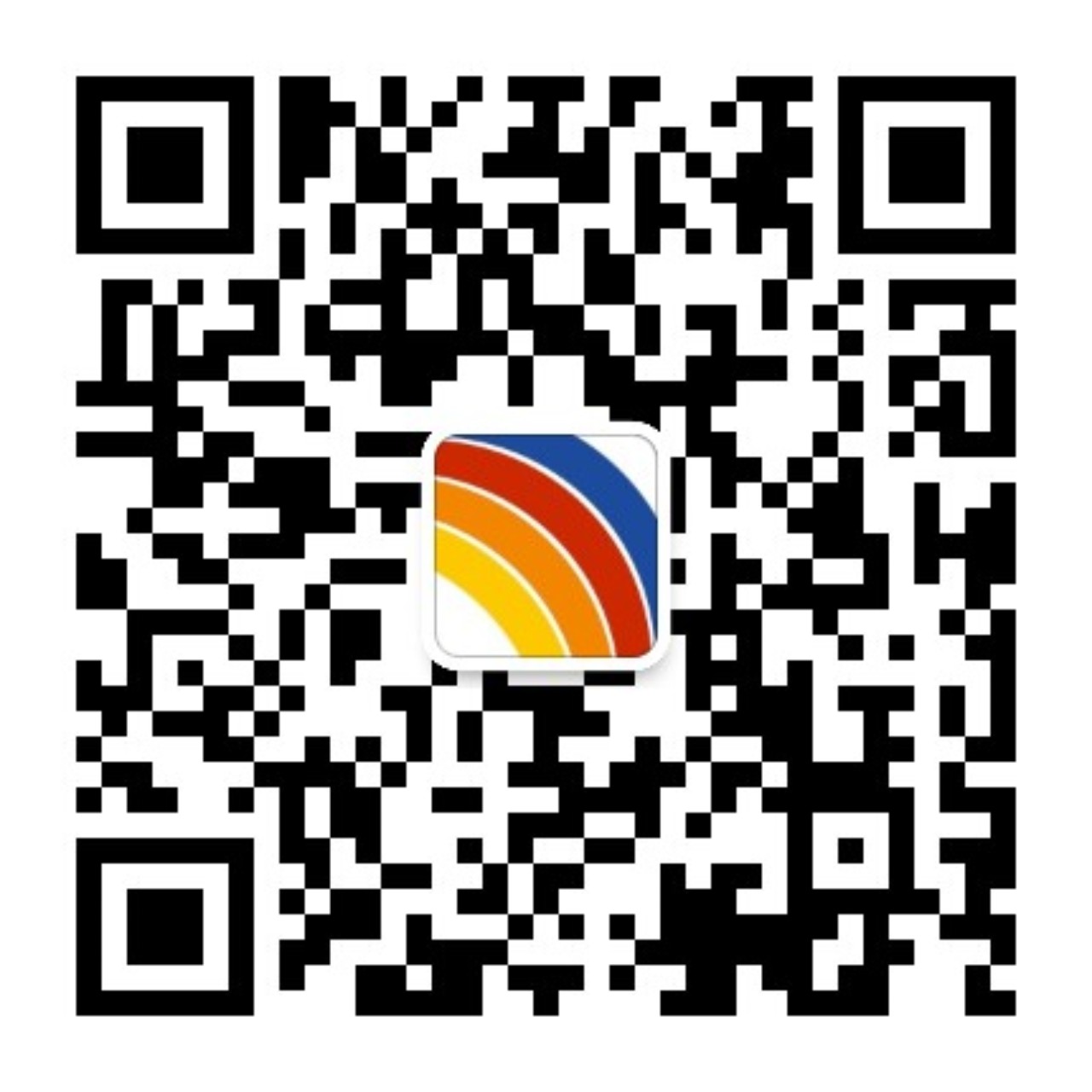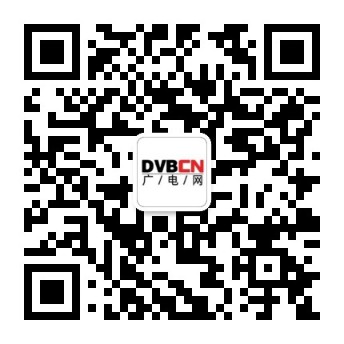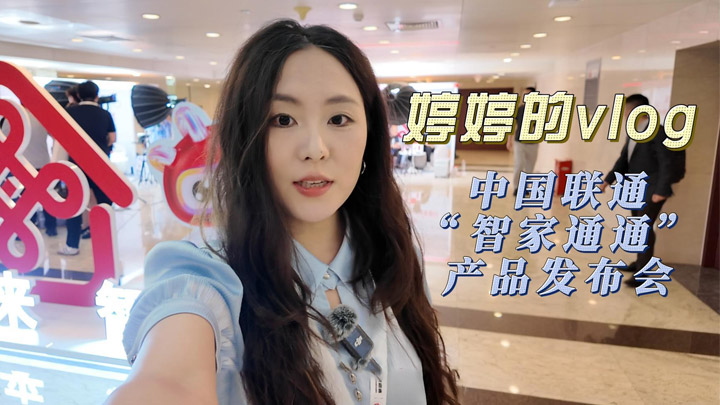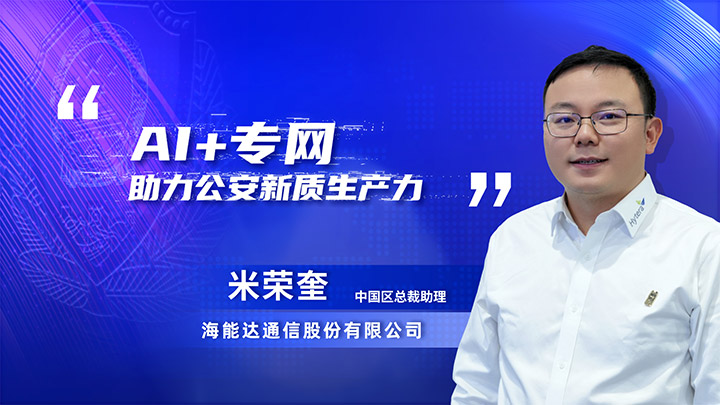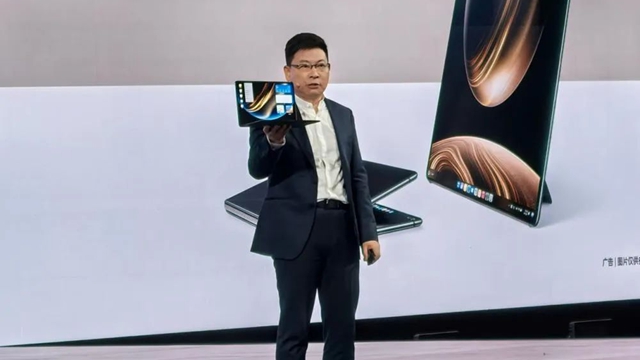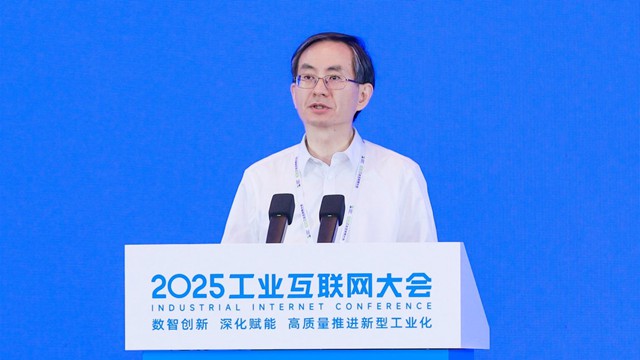C114讯 4月5日消息 昨日,应欧洲最顶尖的商学院——伦敦商学院邀请,华为消费者业务CMO张晓云向来自多个国家的MBA学生做了一场主题为《打造21世纪的高科技公司》的演讲。
在演讲中张晓云对伦敦商学院的学生讲到,华为是一个时常让人大吃一惊的公司,由于不是上市公司,华为俨然已经成为谜一样的存在,为此她来到这里分享华为的故事,破解华为短时间内迅速发展的谜团。
华为是什么?张晓云表示,华为是一个新东东!It is really a new thing。

以下为伦敦商学院演讲实录:
Hi guys, good evening everyone. Thank you Professor Jeff Skinner for inviting me here today. And, many thanks to professor Chandy for coming tonight.
大家晚上好!感谢Jeff Skinner 教授的诚挚邀请,也非常感谢Rajesh Chandy教授的光临。
It’s great to be at LBS today for such a special event. I imagine that most of you, when you first saw the title of today’s speech as ‘Creating the 21st Century Tech Company’ – yes, a tech company – might have expected a Geek, techie, or most likely a male to be here. But, it turned out to be a lady. So, first of all, let me introduce myself to you.
今天,很荣幸今天参加伦敦商学院的这场活动。我猜当你们第一次看到今天演讲的主题——“打造21世纪的高科技公司”时,一定猜想演讲人是一位男性,很可能是位极客、一位技术控。但结果站在这里的却是一位女士,因此请允许我先做个自我介绍。
I am Glory from Huawei’s consumer business group. I have been with the company for almost 15 years, having started as an engineer in R&D. I have travelled through a broad range of territory during my time at Huawei: from a sales for the overseas market to the spokesperson for the consumer group. I also worked with the team to establish Huawei’s e-commerce business. And, today, I head the global brand and marketing team.
我是华为消费者业务的张晓云,已经在华为工作了将近15年,刚加入华为时,我是一名研发工程师。在过去的15年中,我在华为的职业生涯跨越很多领域,从海外市场的销售,到华为消费者业务的发言人,我还参与组建了华为消费者的电商业务。目前,我负责华为消费者业务的全球品牌和营销。
Before I get started, I have a question for you. How many of you have been to China?
开始演讲前,我想问大家一个问题,你们当中有多少人去过中国?
I have two more simple questions. I know that many of you here today major in marketing and retail and luxury goods. You know what brand awareness is. Here, I have three figures. Can you match three brands to these figures? I want you to think about Apple, Samsung and Huawei. Okay, here come the figures of brand consideration – the growth of consideration over the last year. Can you still match the figures? Yes, while we still have a long way to go to ensure people know who we are, we feel inspired by the great momentum of our brand growth.
我还有另外两个简单的问题。我知道,今天在场的大多数人主修市场营销和奢侈品零售。你们当然知道品牌认知度意味着什么。我这里有三个数字,大家能将这三个数字与三个品牌关联起来吗?我想让你们关联的品牌是苹果,三星和华为。这个答案很简单,不是吗? 下面我会给你另外三组数字,它们是关于品牌考虑度的数字---是2015年几个品牌考虑度的增长幅度。你还能将这组数字与品牌进行对应么?的确,让更多的人认识华为,我们还有很长的路要走,但华为品牌发展的巨大势能让我们感到备受鼓舞。


Another small quiz: here I have three numbers to reflect the price of a smartphone. One is the average price for an Android phone, while the other figures are the average price for a Samsung and Huawei. Can you match them?
下面是另一个小测试:这里有三个反映智能手机价格的数字,一个是安卓手机的平均价格,其他两个是三星和华为的平均价格。请问,你能将它们对应起来吗?

Ok, let’s start off today’s sharing. Think back five years ago, if you can. How many of you had heard of Huawei then? Can you put up your hands?
好的,下面让我们开始今天的分享。大家想想五年前,你们当中有多少人听说过华为?听说过的能举下手吗?
Unless you are a real techie or a Chinese, it makes sense that you did not know us at all at that time. Huawei set up in the year 1987, but back then we were a B2B company. We sold our base stations or switched to the carrier instead of the end consumers. That is why, although we were already the 2nd largest telecom network provider in the world and virtually served a 1/3 of the world population – still, few consumers knew us well.
五年前的你对华为一无所知,其实很正常,除非你是个地地道道的技术控或者是中国人。华为成立于1987年,那时候还是一家B2B(企业对企业)公司。我们向运营商提供基站和交换机,而客户并非终端消费者。这就解释了为什么当我们已成为世界第二大电信网络供应商,服务着世界1/3的人口时,消费者对我们还是知之甚少。
5 years ago, we made a bold decision to step into the smartphone market with our first Android smartphone. Yes, that is it. It was called Ideos. Can you still remember your very first smartphone? It might not look as good as the phone you are using today. At that time, the industry response to our first try was underwhelming. More doubts than applause. Analysts doubted that a B2B company could build success in a B2C market. It was almost the Achilles’ heel in this industry that there was no one single brand that could be successful in both a B2B and B2B market.
五年前,我们做出了一个大胆的决定,推出自己的首部安卓手机正式进军智能手机市场。就是这部手机,名叫IDEOS。还记得你们使用的第一部智能手机吗?那时的智能手机看上去外观可能不如今天的手机漂亮。当时,业界对我们的第一次试水反响平平。更多的是怀疑而非掌声。分析人士质疑B2B公司能否在B2C市场站稳脚跟。因为那时没有一个品牌能够在B2B和B2C两个市场取得成功,所以这几乎成了这个行业难以逾越的鸿沟和通病。
In fact, many analysts thought we were totally insane…
事实上,许多分析师认为我们完全疯了!
After all, smartphone had become one of the word’s most - if not the most - competitive categories. There were so many players: Samsung was taking off, and HTC was making a noise. Microsoft and Google had just jumped in. Even the traditional computer companies Dell and HP were screening to enter.
毕竟,就算不是竞争最激烈的领域,智能手机也已经成为世界上竞争最激烈的领域之一,当时有那么多玩家:三星初露锋芒、HTC轰动一时,微软和谷歌一试身手,甚至传统的电脑公司戴尔和惠普也跃跃欲试。
So, a few years after we jumped into this industry, it was painful for us to find the hard truth that the smartphone market was not sexy at all. Instead, it was bloody. Even some of the world’s best tech companies were struggling to make a profit. A lot of them were losing money. While some of the big potatoes fell by the wayside. Today, many of the brands no longer exist.
因此,进入这个行业几年后,我们不得不接受残酷的现实:智能手机市场不仅毫无性感迷人可言,实际上异常血腥。即使世界上一些最优秀的科技公司也不得不为盈利苦苦挣扎,很多公司在亏损。一些业界大鳄在竞争轰然倒下,许多品牌已经销声匿迹。
How about us? 4 years later, and up until the end of last year, our performance is at 108 million shipments while revenue has soared by 70% to $20 billion.
我们的情况如何呢?四年过去了,到去年年末,我们的出货量达到1.08亿部,收入猛增70%,达到约200亿美元。
Media began to pay attention to us - even in China, as the world’s most competitive market for smartphones. As far as I can remember, at any one time in this market, there have been more than 400 brands. We have surpassed Apple by 3 straight No.1’s: No.1 in market share for sell-out data, No.1 brand awareness, and the No.1 Net Promoter Score. We cherish the NPS a lot, because it is all about the word of mouth of the consumers.
越来越多的媒体开始关注我们了。在智能手机竞争最激烈的中国,最高峰时这个市场同时存在着400多个品牌。经过几年的努力,2015年我们在三个方面全线超越苹果位居中国的行业第一:市场份额第一(sell out数据而非sell in数据)、品牌知名度第一、净推荐值第一。这其中,我们尤其珍视净推荐值,因为那完全取决于用户的真实口碑。
This is a company that constantly surprises. And since we are not a listed company in the stock market. Huawei has been seen as a mystery.
这是一个时常让人大吃一惊的公司。由于我们不是上市公司,华为俨然已经成为谜一样的存在。
So, the part of the story that you are probably most interested in is how did we pull this off in such a short space of time? Today, I want to share some of my experiences and try to disclose the myth of Huawei.
因此,有关华为的故事,最让各位感兴趣的内容可能是我们如何在如此短的时间内一跃而起。今天,我就来跟大家分享我们的经验,揭开华为这个谜团。
Some analysts forecast that one day, Huawei will beat other vendors in the smartphone business. It is nice to hear that. But we plan to do it in our own way. Because, far beyond creating a fancy and more powerful smartphone, we are actually creating a new business model for the IT industry, during this transformational era of the 21 Century.
有分析人士预测,终有一天华为将在智能手机业务上击败其他友商。这种预言听起来固然美妙,但我们有自己的计划和行事方式。因为,在21世纪这个转型时代,比起制造一款更时尚、功能更强大的智能手机,我们正在这个行业开创一个新的业务模式。
Before I introduce our new model. Let’s take a look at the traditional and dominant business models across the industry. I personally call it: The Innovation Guru Model. It begins with one man – yes, it is almost always a guy! Picture a passionate leader who sets a visionary mission for the company, perhaps a drive-less car or a space shuttle. And, then come the venture capital investors who smell the blood and take big bets. They are expecting a bigger return and always push the company to deliver quickly. The engineers are gathered to deliver against a set plan. Then comes the final product – some are made in-house, while others are outsourced. This is a typical Silicon Valley model of a tech company. Of course, there is much to be learnt from this model.
介绍我们的新模式之前,我们先来看看整个行业传统主导的商业模式。我个人称之为“创新大师模式”。它从一个“大师”开始,的确,几乎总是一名男性!大家可以勾画出这样的画面,一个充满激情的“大师”,他为公司设定一个富有远见的使命,也许是无人驾驶汽车或航天飞机。然后,风险投资者嗅到了腥味,不惜巨资投注。他们期待更大回报,所以催促公司迅速发展从而实现回报。众多工程师们聚集在一起按既定的计划完成项目,接着是最终产品---要么自己制造,要么外包出去。这是典型的硅谷模式的科技公司。当然,这个模式有它值得学习的很多地方。
The second model in our industry is the Conglomerate model. The pioneers of this type of model are the Japanese and South Korean companies who merged in the postwar era of the 1980’ and 1990’. These companies became hugely successful by becoming the experts in high tech manufacturing. They built their capabilities in material, engineering and, most importantly, the assembly of key components.
第二种行业模式是企业集团模式。这类模式的先驱是在战后的1980年代和1990年代通过兼并而崛起的日本和韩国公司。这些公司成为高科技制造业的专家,获得巨大成功。他们在材料、工程、以及最最重要的关键部件组装方面表现出非凡能力。
Many companies adopting these two models became hugely successful in their time. But, since we are entering into a new era of web 2.0. We see the rise of the co-production, social booming, and the merge of crowd culture. Because of the advance of technology, people are better connected than ever before. We see significant changes in how people work and socialize.
很多采用这两种模式的公司在他们的时代获得巨大成功。但是,当我们步入Web 2.0的新时代,我们看到共同创新、社交化生产和聚众文化的兴起。由于科技进步,人们之间的联系前所未有的顺畅,人们的工作和社交方式发生了巨变。
You may be quite familiar with this picture – one we call the Starbucks Office: people no longer need an actual office to work. They can deal with it whenever and wherever they go.
你可能对这副画面很熟悉---我们曾称之为“星巴克办公室”:人们工作不再需要实际办公室,他们可以随时随地处理业务。
We also see the emergence of a new lifestyle – many call this the USB Life: we are more like a USB, and do not need to always hand over a big organization, you plug and play any time. You know that you can get access to your ‘peers’ and ‘organization’ any time you want.
我们还看到千禧一代新生活方式的出现---很多人称之为USB生活:人们更像是一个一个USB,不需要总是依赖某个大组织和大公司,他们可以随时“插入”和“读取”(plug and play)因为他们却行,他们可以随时连接“同伴”和“组织”。

These fundamental changes in the 21st century throw a lot of thoughts on company organizational structures. Because at the end of the day, company is all about a group of people gathering together to get things done. The top-down decision making process might not be as effective as it used to be.
21世纪的这些根本性变化,激起了对我们对企业组织结构的许多思考。因为企业说到底,也不过是一群人组织在一起共同工作。而传统上自上而下式的决策方式可能不再像过去那样有效了。
So, at Huawei, we have come up with our own way – we call this the Global Innovation Hive. Imagine a group of bees flying towards the same direction without a leader’s dictatorship.
因此,在华为,我们提出了自己的方式----我们称之为全球创新蜂巢。想象一群蜜蜂没有领袖发号施令,而朝同一个方向飞。
For Huawei, we only have one direction. F Far from the horizontal conglomerate model of controlling a key component and applying it into a bunch of stuff, we have been doing only one thing for 3 decades now: changing the way that people communicate. While it is great to have some visionaries who will take us to Mars someday, we still prefer dedicating ourselves to providing better smartphones that people can enjoy using every day. We do only one thing, one little minor thing – the smartphone!
在华为,我们只有一个飞行的方向。不同于控制某个关键部件,进而将其应用到不同的企业联盟中制造不同的产品,,30年来我们只做了一件事:改变人们的交流方式。能够拥有可以有朝一日把我们带上火星的人才固然伟大,但在华为,我们聚焦致力于为人们提供更好的全连接世界,对华为消费者业务而言,我们聚焦于提供更便捷实用的智能手机,让人们可以更好地享受生活。我们只做一件事,只做一个小小的东西---智能手机!
Under this new age of web 2.0, we have come up with our own way of organizing our company. First of all: our founder is by no means a guru. When he started this company, he realized the power of a group of engineers. He believed that the power of this industry resides in the mind of each individual engineer. Ultimately, this is an industry based on sands: did you know that all chipsets come from the silicon crystal and that the ultimate source material of the silicon crystal is sand? A material that is virtually worthless without the interference of people.
在Web2.0的新时代,我们发明了自己的公司组织方式。首先,我们的创始人绝非“大师”。他创建公司之时就认识到工程师的群体力量。他相信,这个行业的力量源自每一位工程师的头脑。毕竟,这是一个基于沙子的行业:你知道吗?所有芯片都来自于硅晶体,而硅晶体的最终来源材料是沙子!一种很容易获取的材料,若无人类的介入,它们几乎毫无价值。
Without a clear leader, we actually have 3 leaders in a row and they rotate every 6 months. That is Huawei’s famous rotating CEO system that relies on a democratic collective approach rather than a guru dictators。
华为没有一位领导者,我们实际上有三位轮值CEO,他们每六个月轮换一次。这就是华为著名的轮值CEO制度:依靠集体民主决策而非一人独裁。
Huawei is a privately held company. It gives us more freedom to control our destiny. You can see here the data that reflects our investment into R&D for the last 10 years: 37 billion US Dollars. The last 10 years have not all been good years for this industry. Many analysts say that Huawei went crazy, especially during the IT bubble burst years. But we never stopped investing. We know that we are aiming for the long-term and investing for the future.
华为是一个100%员工持有的公司。我们有更多的自由来掌握自己的命运。你可以看到过去十年我们对研发的投入:370亿美元。这十年并非都是高科技的的黄金时代。尤其在IT泡沫破裂的岁月里,很多分析人士认为华为不理智,但是我们从未停止研发投入。我们很清楚,我们使命长远,我们要投资未来。
More importantly, this is a privately owned company, but instead of being owned by its founder, it is owned by its employees. When Ren started this company he owned 100% of the share. Today, he has just 1% of stock of the company. The employees own the rest. This financial make up makes sure that a huge group of engineers are stick to the great platform to co-create.
更重要的是,虽然华为是一家私有公司,但它不是由创建人拥有,而是归它的员工所有。任总创建本公司之初持有100%公司股份。而今天,他只拥有公司股份的1%,其余股份归华为员工所有。这一财务上的分享机制确保了一大群优秀的工程师们在这样一个硕大的平台上共同创造。
So, all in all, this is a new tech model - a model that is based on crowd intelligence. And, a model that leverages the full potential of a web 2.0 economy. It is a democratic and open-source style configuration.
总而言之,这是一种新的高科技公司模式----一个基于集体智慧的模式。并且是一个充分利用Web2.0经济潜力的模式,它是一个民主和资源开放的结构。
What makes this new model even more stunning is that we have rolled out our model on a global scale like never seen before in history.
更令人惊叹是,我们在全球推广这样的新模式,这在整个行业历史上堪称前所未有。
We have set up our User Interface center in San Francisco, London design center near Great Western Studio, Paris aesthetics center focusing on design trends and materials, Moscow algorithm center, Japan R&D for communications, India software center and Europe 5G center.
我们已经在旧金山建立了UI设计中心、在伦敦西区附近设立了设计中心,在巴黎设立美学研究中心聚焦设计趋势和材料、在莫斯科设立算法中心、在日本设立通信研发中心、在印度设立软件中心和在欧洲设立5G研发中心。
So this is a hive composed of 170,000 employees among which 40,000 are foreigners. We have 16 R&D centers scattered across the globe, and 28 joint innovation centers as well. Among our employees, 45% are engaged in R&D.
这是一个由17万员工组成的蜂巢,其中4万为外国人。我们有16个研发中心遍布全球,同时还有28个联合创新中心,我们的员工中,有45%从事研发,这不是一个小数字。
As a company inspired by innovation hives and crowd wisdom, we even brought this collective idea to our external partners. That is why we collaborate closely with a wide range of partners including ARM for chipset, Harman Kardon for sound, Swarovisik for design and Leica for camera.
作为一个深受创新蜂巢和集体智慧激励的公司,我们甚至把这种聚众创新的观念推广到了我们的外部合作伙伴。正因如此,我们才与很多合作伙伴进行了范围广阔的密切合作,包括与ARM展开芯片合作、与哈曼卡顿展开音响合作、与Swarovisik展开设计合作、与徕卡展开成像合作。
Can you still remember our first smartphone 5 years ago? Here are some of our latest flagships.
P8 the breakthrough in low light shooting and light painting. Mate S, the world’s first smartphone with press-touch functionality. Mate 8 the flagship in the business segmentation. People love it because of its longest battery life in the big screen market.
还记得5年前我们的第一个智能手机吗?几年以后,我们的产品已经有了很大的进步。这些是我们最新的旗舰产品。P8带给了这个行业低光拍摄和光影涂鸦的突破;Mate S是全球首款带压感触控功能的智能手机;Mate 8是商业精英人士的最爱,在大屏幕手机中,它的续航能力最强,广受欢迎。
Do you still remember this slide: if one day Huawei is to beat all other players in this market – if that is to true – it is not bigger number in sales or more shipment of the smartphones. Instead of making greater profit, we care more about what kind of innovation we will bring to this industry. And the meaning of the victory to us is the victory of a new business model focusing on crowd power over the mainstream model, which is more relied on individual authority. We learnt a lot from the past two models and came up with our own way of doing things in this new age. It is really a new thing. Hope you enjoy it.
你还记得开头的这张PPT吗?如果有一天华为在这个市场击败了所有对手----如果这一预言成真的话----那不是基于更高的销售数字或出货量。与更高的盈利相比,我们更关心我们还能够给这个行业带来怎样的创新,我们能给消费者带来什么价值。对我们而言,胜利的要义在于依靠聚众力量的新商业模式对主流基于个人权威模式的胜利!我们从过去的两种模式中学到了很多,并在新时代开创了自己的做事方式。它的的确确是一种新的模式!华为是什么?华为是一个新东东!
Thank you for your attention.
